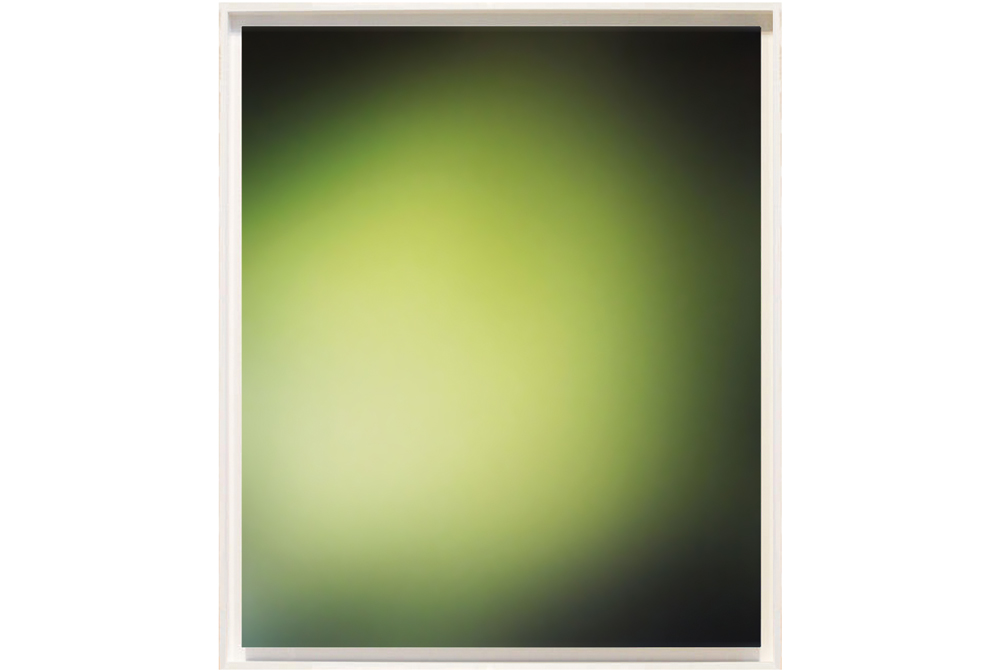Jane Corkin is committed to Latin American art. For the past two decades, she has championed artists who are concerned with the effects of armed political conflicts in their countries,
the fragile nature of their home landscapes and cultures, and the economic and ecological exploitation of Latin America. At Art Toronto, Corkin Gallery will be showing work by emerging artists Giancarlo Scaglia and Andrés Marroquín, mid-career artists Jota Castro and Ramón Serrano, and others.
Here, she reveals what attracts her to Latin American art in particular, encourages people to look beyond how art of the region is narrowly defined and shares her insights on collecting art as a global endeavour.
LATIN AMERICAN ARTISTS HAVE A UNIQUE RELATIONSHIP TO DEMOCRACY
Working in Latin America, I’ve realized that people in a variety of countries there have experienced democracy differently than North Americans. Many have experienced dictatorships at one time in their lives, or perhaps their parents or grandparents have. How they live, and the kinds of questions their works address, contextualizes the conflicts of their countries.
ART CAN OFFER A WAY IN
Through talking about art, people understand Latin American issues. If you look at the paintings of Giancarlo Scaglia, they address a tragic event that occurred on an island off the coast of Peru. I didn’t know this event as a North American, but when I saw those paintings and that installation, I felt something and I knew something awful had happened. The paintings referenced a maximum-security prison that housed political prisoners, which has acquired a historical significance after a certain violent event. Today the prison sits proudly in ruins, irresistibly decayed and beautiful. Like Starry Night. The paintings mount a comparison between constellations and a massacre. Through art, people become sensitive to societies.
LATIN AMERICAN ART IS NOT ALL CRAFT AND COLOUR
It’s really a cliché. Neither my show nor Abaseh Mirvali’s “Focus: Latin America” exhibition is vernacular. It’s not colourful; it’s not tactile. But it’s powerful and meaningful. And at the same time it’s beautiful. You have thinking artists. Artists are the same anywhere in the world: they make art because they have to. They respond to their own internal conflicts, their own poetry and their own ideas.
IT’S ALL ABOUT THE IDEAS
Latin American artists are just artists—they’re responding to the place and time they live in. Just because something comes from a certain place doesn’t make it interesting. Beyond that it has to be powerful and be good and say something within a context. I have been interested in and have put forward an international program in Toronto since the gallery’s inception. When I look at the variety of artists that we have exhibited, from Japan, China, Peru, Colombia, East Germany and the former Czechoslovakia, it occurs to me that I have followed a path of being interested in people who come from non-democracies as we know them. It’s about ideas in the end. Ideas come out of a place because people are born to a place.
WHEN COLLECTING, THINK GLOBAL
My advice for collecting all art all the time is: keep your eyes open, keep your mind open, keep your heart open. Be international. Be intelligent. The world is a small place. It is so important to be international. It is becoming less important to have local collections. Yes, collect local, but within an international context.









